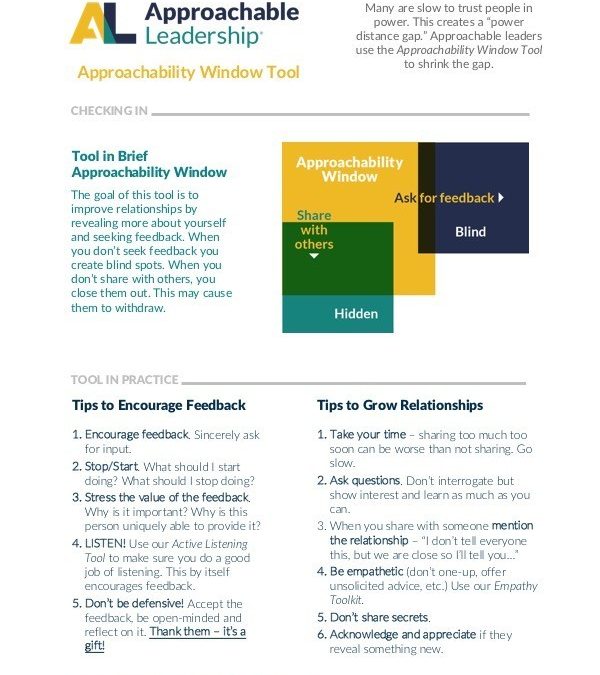
How to Fall In Love with Your Job: Part 1 of 3
How to Fall In Love with Your Job: Part 1 of 3
You have the power to take control of your job.
More than half the people in the U.S. don’t like their jobs. This, according to the Conference Board Research Group in their most recent annual survey. What’s more, our nation has been hovering at this spot for nearly 20 years.
It’s not that surprising though. Many people’s day jobs have very little to do with their passions. Sure, on occasion, they get a spark of accomplishment from their job. But for the most part, they work because they must work. How about you? Are there days you’d prefer to be somewhere else? Do you show up anyway? We all have days like that.
If we’re going to show up, why not make the most of it?
The first key to making the most of your job is to acknowledge that you have a responsibility for your own job satisfaction. We tend to put the majority of our expectations for job satisfaction on things outside our control. Like our boss, our coworkers, our pay, or the duties themselves. But it’s important to remember that you have power over many aspects of your job. Take control.
Yale University psychologist Amy Wrzesniewski and University of Michigan (Go Blue!) professor of business administration and psychology Jane E. Dutton, call this idea of taking control of your job satisfaction “job crafting.”
Job crafting means redefining your job to line up with your own motives, strengths and passions. David Allen, author of CNN’s column, The Wisdom Project, offers up three ways to do it. Today we’re going to focus on the first one.
How To Hack Your Job.
To effectively “hack your job,” you must first get real with all the aspects of your job. The things that you like, don’t like, and wish you could change. Allen recommends taking some time (on the clock) to sit down and make these three lists.
- All the things you currently like about your job. These can be small things or large things. The free coffee. Regular bonuses. A task that allows you to get work done while catching up on your favorite podcast once a week.
- All the things that frustrate you about your job. Same rule of thumb here. Maybe you wish you didn’t travel as often. Or how about the one thing that comes up every month, every week, every day, that you find yourself procrastinating on the most? Put it on the list.
- All the things you wish you could do at your job that you don’t currently get to do. Get creative here. Think outside the box. It doesn’t have to be things that would normally fit inside your “role.” If you work in the accounting department, but you’d love to be able to strategize more about big picture ideas, put it on the list. If you’re into writing, but most of your duties are clerical, put writing on the list.
Once you’ve created your lists, it’s time to “systematically attack” the second two. Focus on small wins. Once accomplished, those get moved into the “things I like about my job” list. As you watch that first list evolve and grow, you should find that your attitude toward your job does the same.
Nothing like a regular reminder of the good things we have going for us to keep things in perspective.
Are leaders off the hook? No way.
While we all have a responsibility to make sure we are finding fulfillment in our jobs, remember about half the people who quit their jobs last year did so “to get away from their manager.” In other words you are on the “things that frustrate” list. So a good first step is to get off that list. Help your team out and try to help them get rid of things from list two or add things to list one. Encourage your team to take control where they can. Give them freedom to explore new ways of doing things. Ways that may be more in line with their natural flow. Don’t micromanage. And as you learn about items on the third list, brainstorm ways to make those pursuits a reality.
Stay tuned for step two in our falling in love with your job series.
















